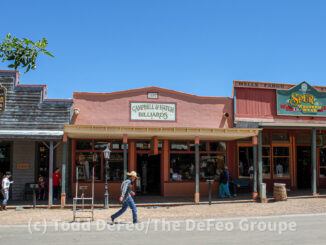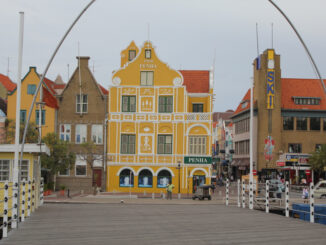JEROME, Ariz. — After a quick drive through town, it’s hard to believe that this was once one of Arizona’s largest cities.
By the late 1920s, the city’s population peaked at roughly 15,000. Today, the town boasts 444 residents, according to the 2010 Census — a 35 percent increase in population from a decade earlier. The median age of residents is 54.6 years old.
Named for Eugene Murray Jerome, a New York investor, once sat above the largest copper mines in the state. Native Americans first mined the area long before Europeans came to the eastern Yavapai County area known as the Black Hills.
Although the Spanish apparently knew for years the town was home to silver ore deposits, the first mining claims for the area date to 1876. But it was the United Verde mine that started its operations in 1883, and the Little Daisy mine that started shortly thereafter that put Jerome on the map.
Although the town isn’t quite remembered as other Arizona mining towns (case in point: Tombstone), it garnered a reputation for its raucous atmosphere. At one point, a New York newspaper dubbed the town “the wickedest town in the West.”
Despite major fires over the years, mining in the town continued until 1953. The population dwindled to a low of 50 people, making the city known as the country’s largest ghost town; it appeared for a spell that the town might be relegated to ghost town status.
In 1965, the Douglas Mansion, built in 1916 by mining executive Jimmy Douglas, opened as a state park and today features artifacts, a video history and a 3-D model of the town and its mines. Two years later, the town was named a Historic District (its National Historic Landmark came about in 1976).
In the 1970s, the town began attracting a counter-culture population, and today, the town is as much known for its art scene as much as its mining past.





